Robot Sailboats Scour the Oceans for Data
Published on September 29th, 2016
Two robotic sailboats trace lawn-mower-style paths across the violent surface of the Bering Sea, off the coast of Alaska. The boats are counting fish — haddock, to be specific — with a fancy version of the fish finder sonar you’d find on a bass fishing boat.
About 2,500 miles away, Richard Jenkins, a mechanical engineer and part-time daredevil, is tracking the robot sailboats on a large projection screen in an old hangar that used to be part of the Alameda Naval Air Station. Now the hangar is the command center of a little company called Saildrone.
At least 20 companies are chasing the possibly quixotic dream of a self-driving car in Silicon Valley. But self-sailing boats are already a real business.
While they are counting fish, Saildrone’s boats are also monitoring the seals that feed on the fish by tracking transponders that scientists have attached to the heads of the seals.
“We can tell them what size fish they are eating and why they are going there,” said Mr. Jenkins, who is the chief executive and a co-founder of the company.
Last summer, working with scientists and engineers from the National Oceanic and Atmospheric Administration, the boats skimmed along the edge of the retreating Arctic ice cap, giving scientists a detailed account of temperature, salinity and ecosystem information that would have been difficult and expensive to obtain in person.
The Saildrone autonomous sailboats look a little like shrunken America’s Cup racing yachts — small trimarans with hard, carbon-fiber sails.
The Saildrone’s carbon fiber sail acts like an aircraft wing. When air passes over it, thrust is created. The sail is stabilized by a counterweight that is placed in front of it and a tab trailing behind it that can automatically make small corrections to make sure it maintains an efficient angle to the wind. Underneath the boat are both a rudder to aid in steering and a keel, which will right the boat if it is knocked over.
The big difference, of course, is that there are no sailors on board. The boats are controlled through communications satellites from the operations center here as they collect oceanographic data and monitor fish stocks and the environment.
One day, they may be used for weather prediction, oil and gas industry ocean operations, or even to police illegal fishing.
Mr. Jenkins has a much grander vision. He believes the missing piece of the puzzle to definitively comprehend the consequences of global warming is scientific data. He envisions a fleet of thousands or even tens of thousands of his 23-foot sailboats creating a web of sensors across the world’s oceans. – NY Times, full story


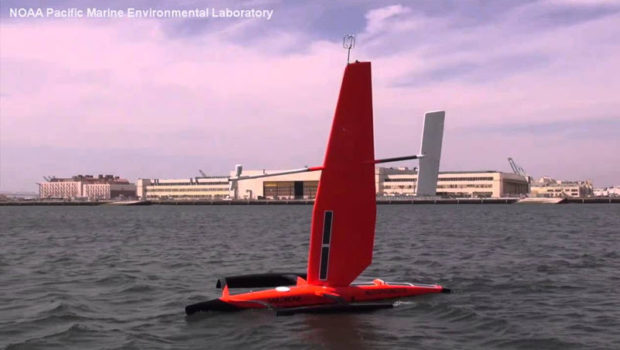


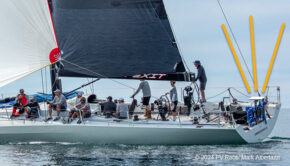
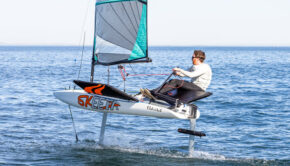
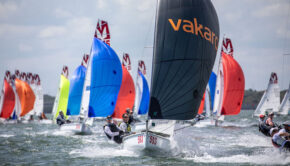
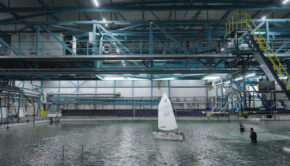
 We’ll keep your information safe.
We’ll keep your information safe.